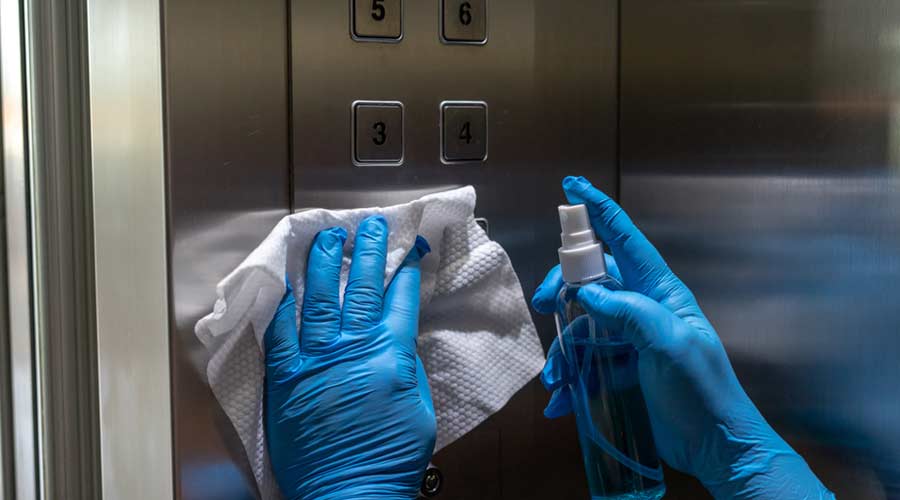
The American Institute of Architects (AIA) partner Zurn Industries interviewed 150 architects to solve common design problems found in commercial restrooms. The takeaway, according to an article on the AIA website, is that commercial restrooms don’t have to choose between form and function. While designers want to turn heads with aesthetics, functionality must be the top priority.
Commercial restrooms are high-traffic environments with high turnover; durability is a must and space can be limited. So, when it comes to selecting handwashing systems for commercial restrooms, for example, spatial and structural constraints, user dislikes and demands and foreseeable wear and tear have to be factored in.
After completing more than 10,000 research hours and conducting 150 interviews, the AIA identified how commercial restroom users interact with handwashing systems and turning around negative experiences.
For instance, when dealing with the issue of where to put personal items while washing hands, look for a handwashing system that has clean, built-in ledges for purses, cups, keys, phones, and whatever people carry with them. People should be able to easily set their things down on a flat, splash-free surface, the article said.
And what if there’s water all over the place? The ideal design should whisk water away toward an individual drain, not past other users at a hand-washing basin. Add water flow to your checklist when specifying a system.
By focusing on the full user experience — how a person interacts within the space and the fixtures — the design transforms into clean lines and sophisticated style.
When designing restrooms, facility managers should also factor in regulations to remain compliant with the Americans with Disabilities Act (ADA).
Click here to read the full AIA article.

 The Down and Dirty on Cleaning in Virus Season
The Down and Dirty on Cleaning in Virus Season How Surfactant Use is Expanding in Commercial Cleaning
How Surfactant Use is Expanding in Commercial Cleaning